It’s bubbling all over the place, and not just since yesterday. “Many leading chefs are busy with this topic,” stresses Heiko Antoniewicz, one of the pioneers who wrote a book about it as early as 2015. At a time when more and more restaurateurs are growing their own vegetables, environmentally friendly old school preserving is just the thing. “We have a small plot of land,” says René Stein, chef at the Schwarzen Adler in Nuremberg, where regional delicacies are cultivated. “Last year we had tons of sun flowers. We fermented the flower petals in brine. They taste just like sunflower seeds. The color is also well preserved, such a dark, orangish yellow.”
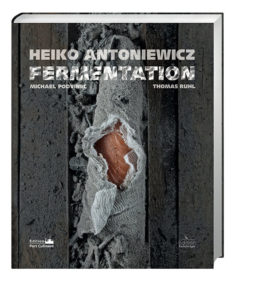
Book tip:
Fermentation – Heiko Antoniewicz
Authors: Heiko Antoniewicz, Thomas Ruhl & Michael Podvinec
Photographer: Thomas Ruhl
However, preserving is only one aspect. Chefs become almost ecstatic when they speak of the aromas released during fermentation. “Fermentation gives the whole story a sense of depth,” raves René Stein about his red cabbage slices fermented in a vacuum bag. “We used to squeeze out fresh cabbage, but now we have much more juice and the sauce is way better!”
Besides, fermenting is amazingly easy when it comes to vegetables. This is something Heiko Antoniewicz is well aware of. “Grate the carrots, salt them and prepare them like you would sauerkraut. We call this ‘carrot à la sauerkraut’ – it’s very easy to do!” His experience: “Fermentation is suitable for every type of business, whether it is an a-la-carte restaurant or a system caterer – there is no limit to the use of fermented products in terms of quality and quantity. Together with our partner Verstegen, we implemented a concept for one of the big caterers on the market and successfully produced and served quantities amounting to several tons. Many of the guests have changed their attitude. They know that fermented vegetable are very healthy.”
Still, you have to be careful with the salt that is the basis of every fermentation – in granular form or as brine. Too little leads to spoilage, too much makes the product difficult to use. “Two percent of the weight is the minimum,” explains René Stein. “We want the good bacteria to party and the bad ones to stay away.”
And with that he has explained the whole secret of fermentation. In a low-oxygen environment, living microorganisms convert sugar and starch into carbonic acid during fermentation. “The bags are bulging, now and then you have to let them burp,” says René Adler with a grin.
Lactic acid fermentation, which is used for sauerkraut, is only one of the possibilities. “As a result of the long aging process and the added amount of salt, the taste varies from sweet to spicy or umami. Every chef can create their own flavor,” Antoniewicz points out. The secret lies in the starter cultures, says the star chef, because they can either speed up or slow down the process. The fermentation tradition of the Far East – including Misu, Kimchi, Koji, Kombucha & Co. – makes use of this.
Just like they do at Scully St. James’s in London. Ramael Scully especially loves to ferment miso. The current menu includes corn fermented with koji. Fermentation is his passion. “You never know what you’ll get,” he explains. “Sometimes it’s completely different than you thought it would be and a fantastic new taste is born.”
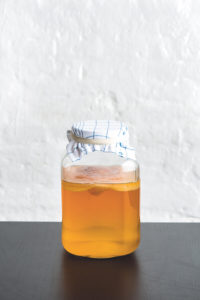
Excerpted from Foundations of Flavor: The Noma Guide to Fermentation by Rene Redzepi and David Zilber (Artisan Books). Copyright © 2018. Photographs by Evan Sung. Illustrations by Paula Troxler.
Herman Godijn, owner of the Rotterdam restaurant Dertien, has also succumbed to the fascination of fermentation. “With fermentation you can actually make inedible things edible,” he insists. For an anti-food waste lunch he developed fermented “trash spices”, which are made out of apple cores and asparagus peels.
René Redzepi from the world-famous Noma in Copenhagen is regarded as the forerunner of this new fermentation wave. Just recently the gastronomy star tweeted enthusiastically, “Pickled food really tastes great. The other day we made pickled eggs and let me tell you, of all the pickled things we have ever made, these could become my favorite. We cooked and peeled 6000 partridge eggs this summer, believe it or not. So much work and trial and error for half a bite… oh boy!” Redzepi also ferments pumpkin, nuts and much more. A tip: “The Noma Guide to Fermentation” offers many elaborately illustrated recipes to try for yourself!


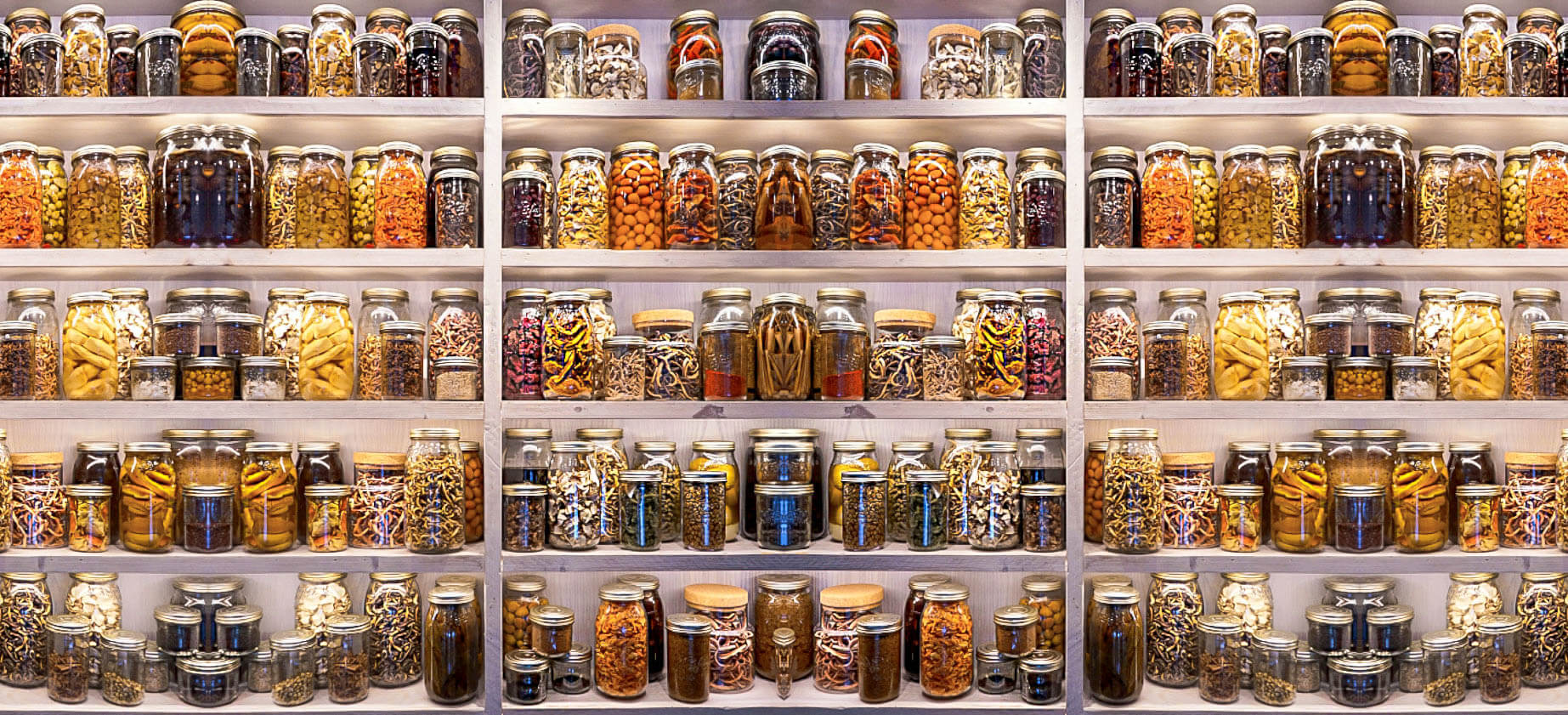








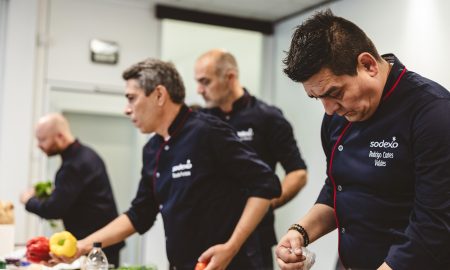

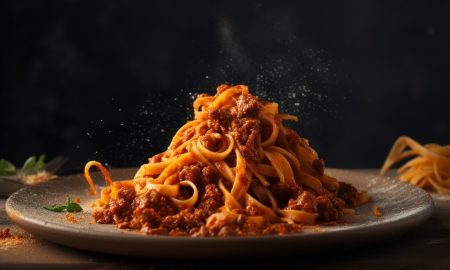


Pingback: Zero waste: empty organic waste containers are the future | KTCHNrebel